

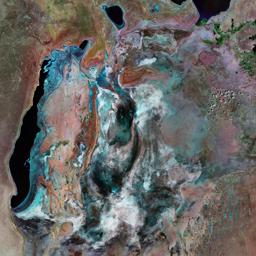
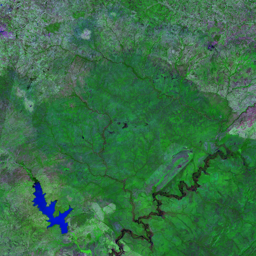



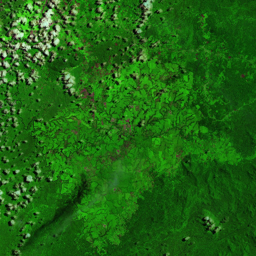

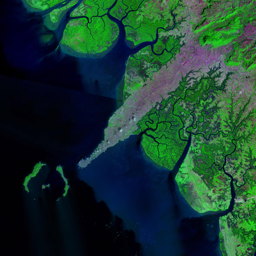
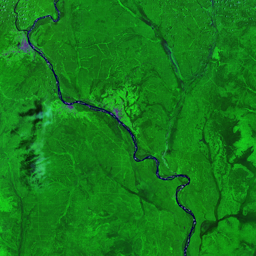
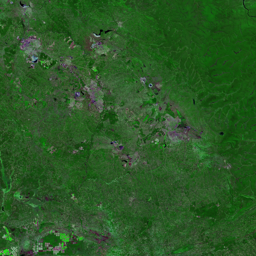
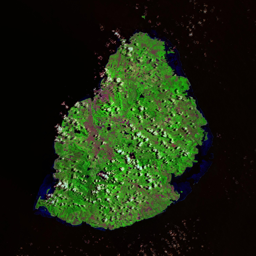
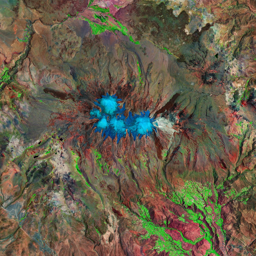
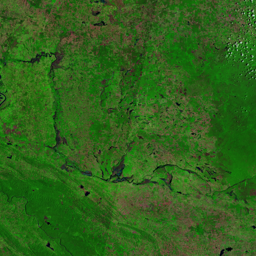
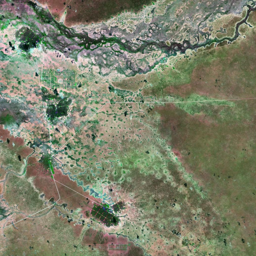

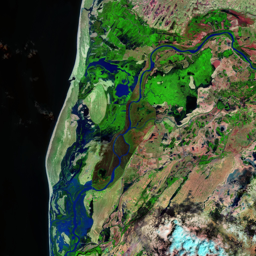


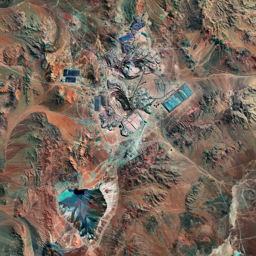
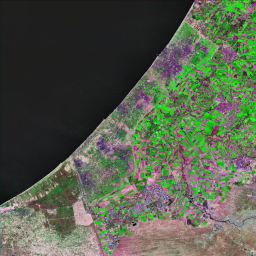






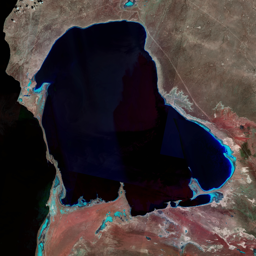
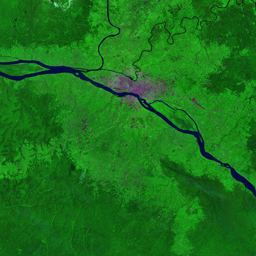


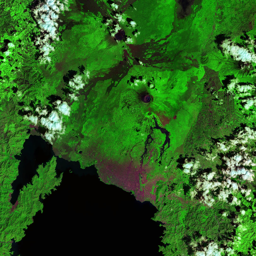

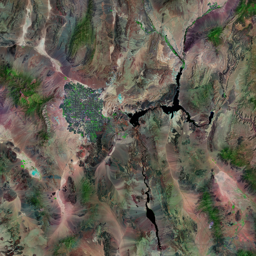
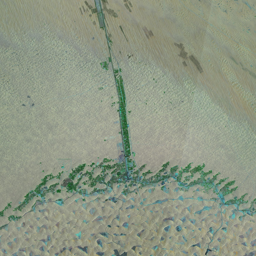
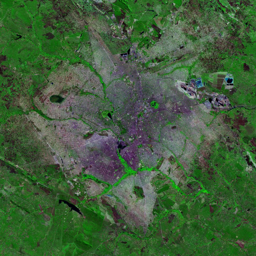



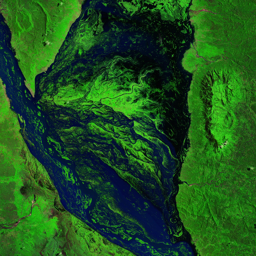







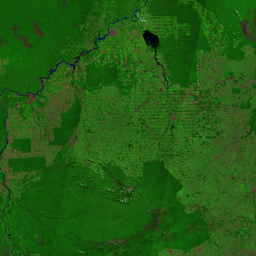
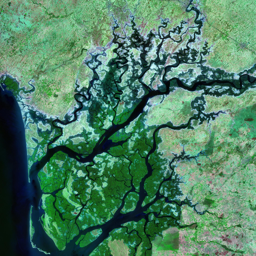

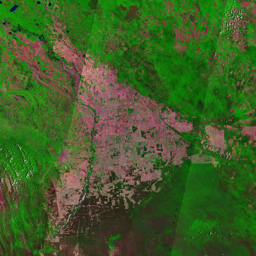
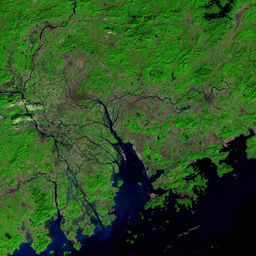

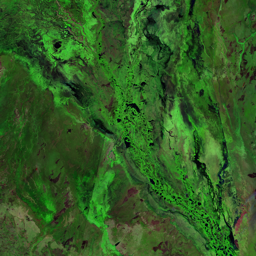

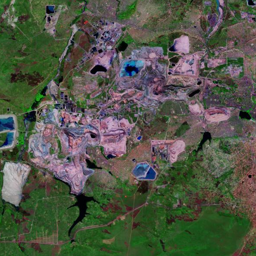
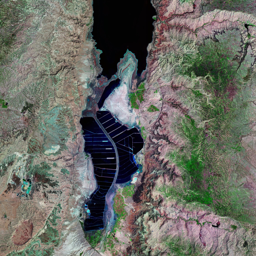
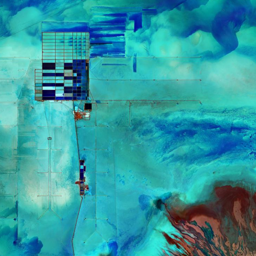
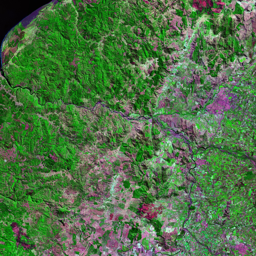


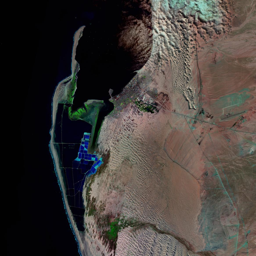

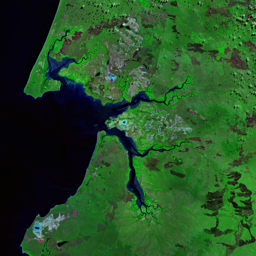
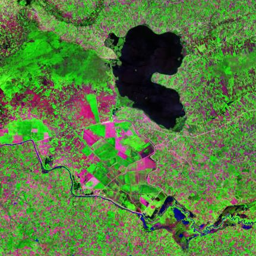
Natural resources in Guinea's coastal zone are crucial to local economies, which depend on their immediate environment for freshwater, fuelwood, fisheries, and agriculture. Guinea's coastal zone is also home to one-fourth of West Africa's mangroves, which are linked to the vitality of the terrestrial and marine ecosystems that they bridge. These resources are being exploited at an unsustainable pace due to rapid population growth which without changes in resource management practices will lead to irreversible environmental degradation. In the capital of Conakry, rural-to-urban migration, including refugees from Liberia and Sierra Leone in the 1990s, dramatically increased the population. The growing population puts intense pressure on the surrounding woody savannahs and mangroves, which are being converted to agriculture and exploited for fuelwood. Its growth since then has followed the peninsula, hemmed in on either side by mangrove forests. Images show the rapide spread of dense settlement from around 750'000 inhabitants in 1985 to more than 2 million in 2023.
Use shift + scroll to zoom the map
Use shift + scroll to zoom the map